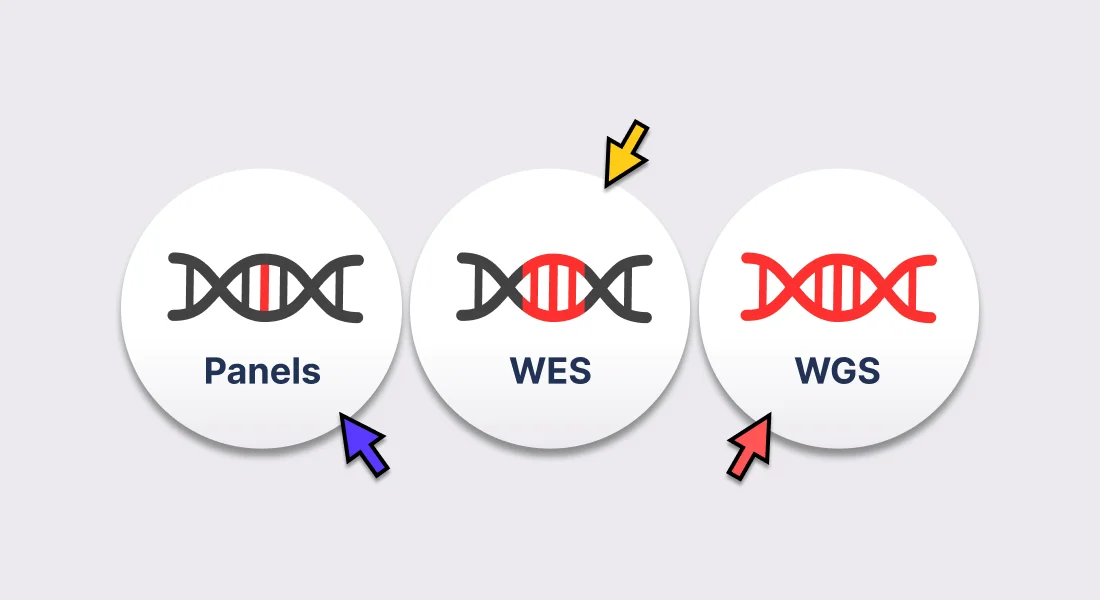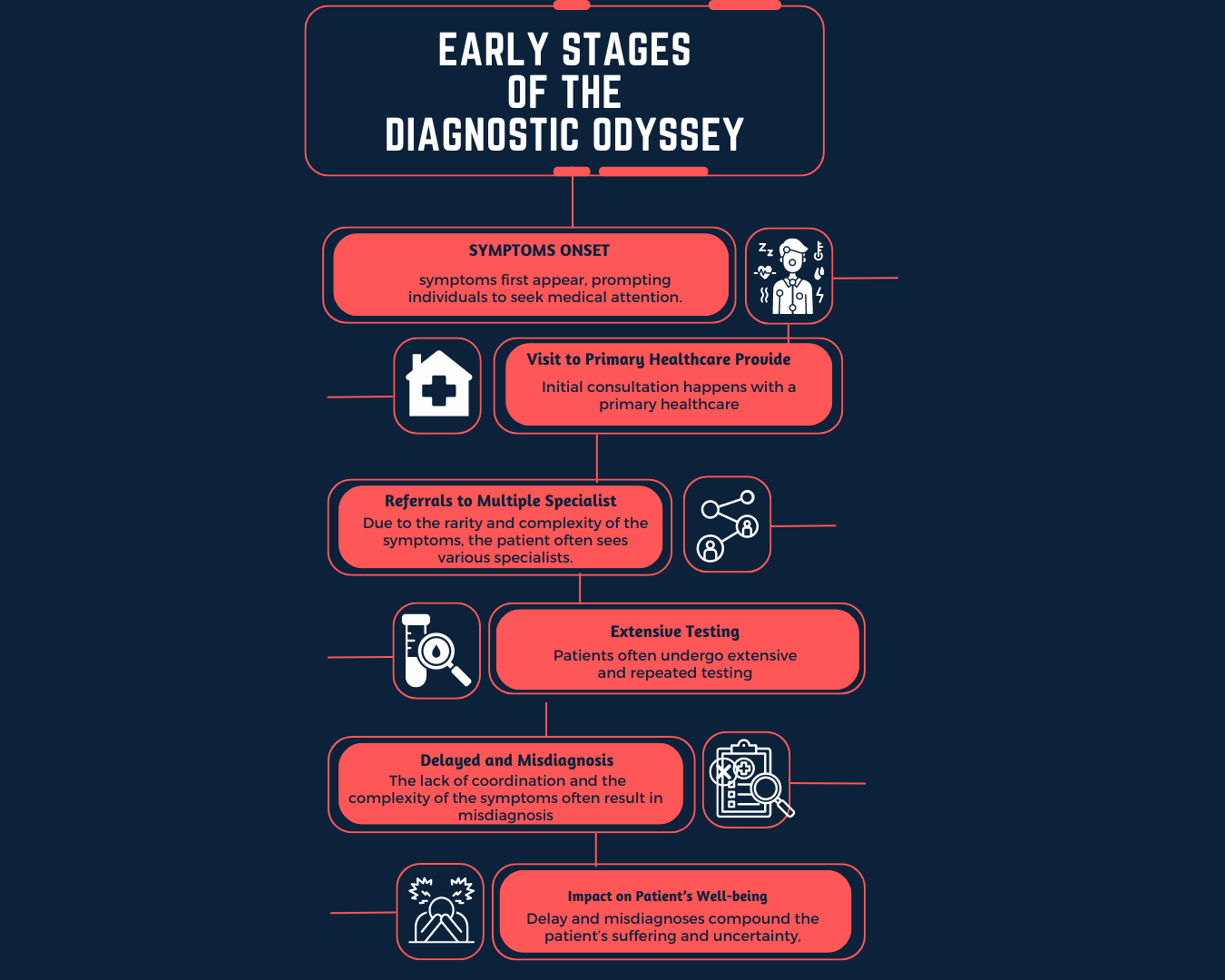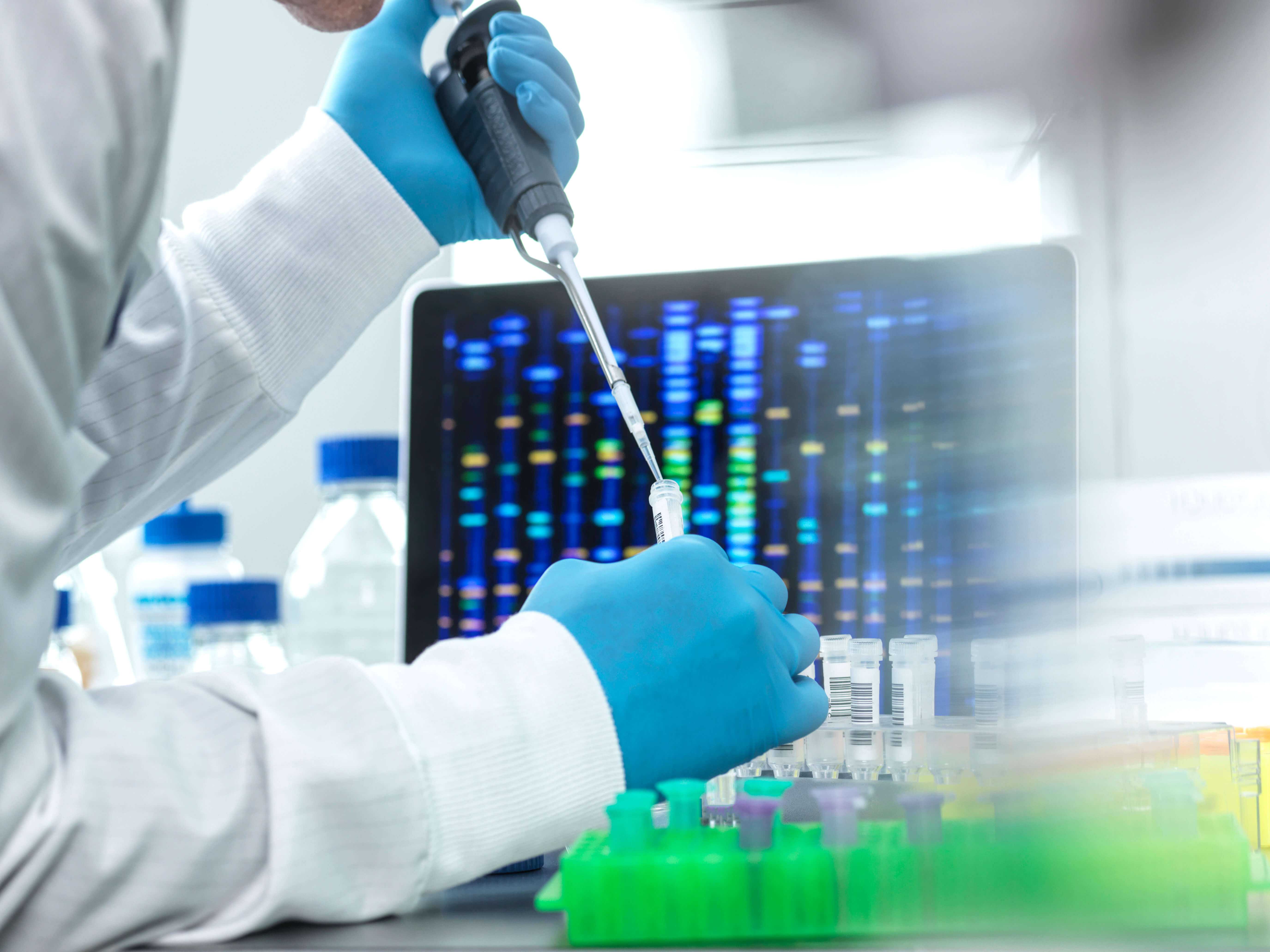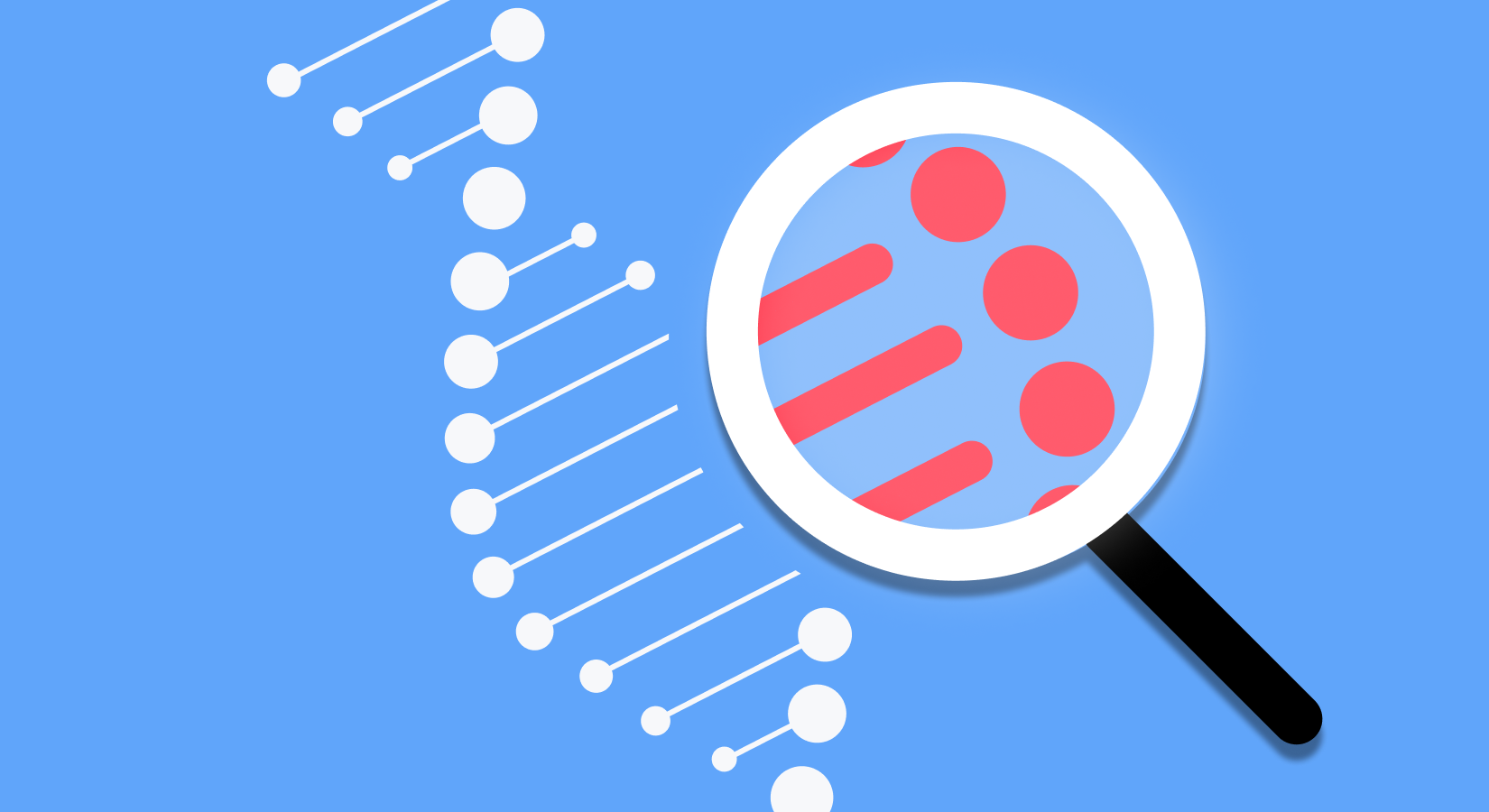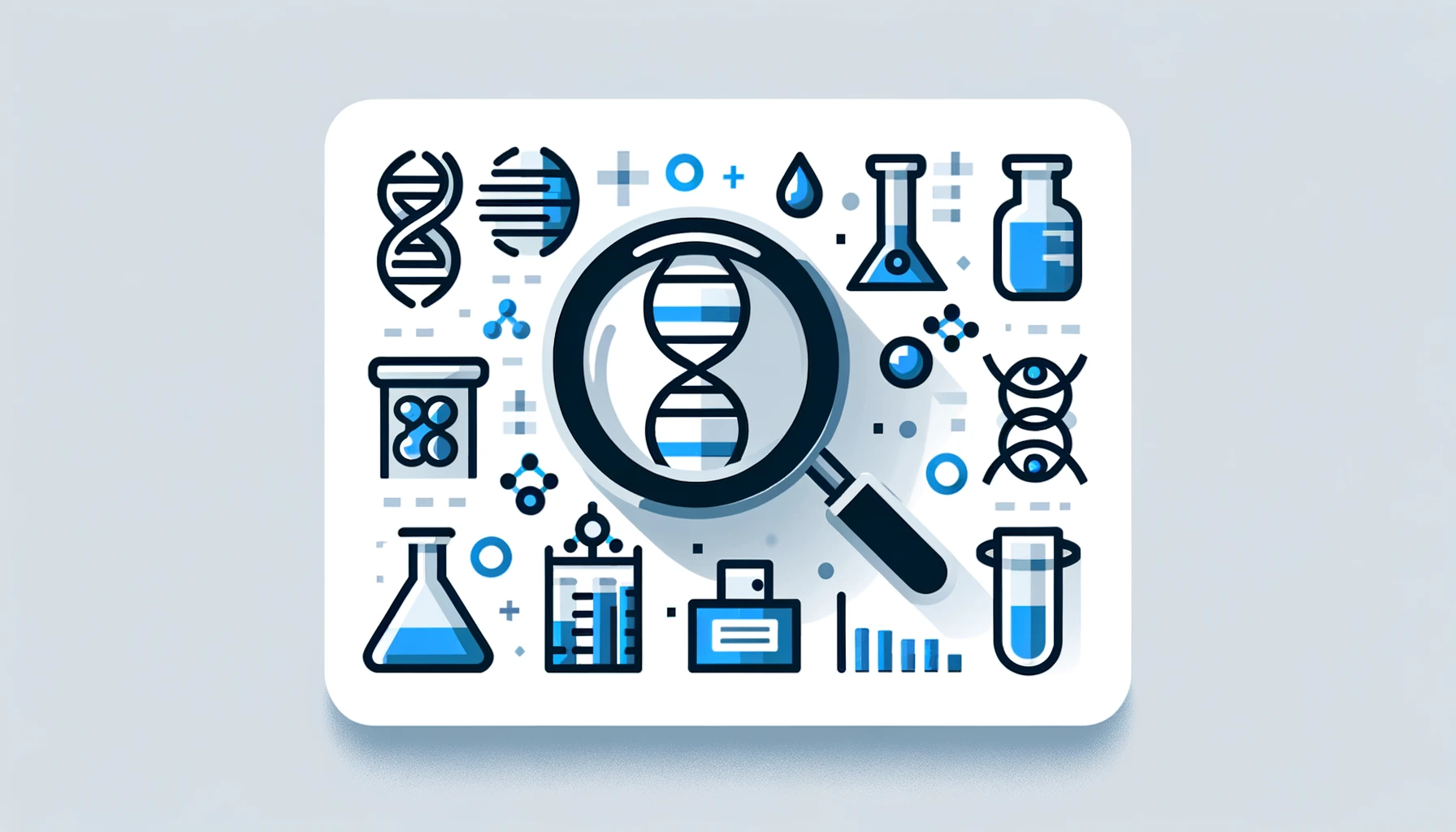The rapidly decreasing cost and time required for next-generation sequencing (NGS) has expanded its application, particularly in the diagnosis of rare diseases. Annually, 250 gene-disease associations and > 9,000 variant-disease associations are reported, which continuously increase our understanding regarding genomes.
Although clinically, NGS panels are most commonly used, the use of the whole exome sequencing (WES) and whole genome sequencing (WGS) has been gradually increasing. However, possessing a wide range of analyses does not necessarily denote WGS to be the optimal NGS approach.
Here. we present the characteristics and limitations of various genetic testing approaches and some recommendations.
Panels: Targeted Sequencing
Panels, targeted sequencing represents a method of selecting and analyzing genes that are related to a specific disease or disease group. It is the most economical and effective diagnostic approach in cases wherein the genes of the suspected diseases have already been identified. It has greater coverage and higher depth per base of targeted genes, so it’s easier to interpret the report results.
Owing to the low initial diagnostic rates of rare diseases, reanalysis and reclassification is important. Like some studies have demonstrated, important amounts of rare disease diagnosis encompasses recent-known diseases: among positive WES findings, 23% are within genes discovered within the last two years and 7% of them are novel gene discoveries. However, in most cases, targeted sequencing affords only a one-time anaylsis. It means, if the prescribed panel result is negative, it is impossible to re-analyze the other panel.
Whole Exome Sequencing (WES)
Exonic regions comprise only 2% of the human genome but include ~85% of pathogenic variants. In some cases, WES can be time and cost efficient compared with WGS and can provide more extensive genetic information than targeted sequencing. If you want to know more details, please refer to this article.
However, WES has certain limitation. First, as not all exonic regions can be, evaluated and noncoding regions sequenced, it is impossible to detect functional variants. In addition, with the exception of few copy number variations, including indels and duplications, WES exhibits a low sensitivity to SV.
Moreover, the results may vary depending on the entity being analyzed, even if the analysis is performed using the same WES method. The target regions and probe manufacturing methods differ depending on the type of test kit used, thereby resulting in varying data quality. On avarage, ~100,000 mutations can be identified from the WES data, an individual, which can be interpreted differently per the guidlines of the American College of Genetics and Genomics (ACMG), which prioritize the mutations most closely related to the symptoms.
Owing to theses limitations, additional test may be required. Nevertheless, as WES requires fewer sequencing reagents than WGS, it is recommended as a first-tier test in certain cases, such as those with particularly severe symptoms during neonatal period or childhood, extensive,complex and nonspecific-symptoms; suspected chromosomal imbalance, microdeletion, or microduplication syndromes; and pathogenic mutations that could not be detected via previous genetic tests.
Whole Genome Sequencing (WGS)
WGS involves analysis of the entire genome; hence, it's diagnostic rate is the highest among all the genetic testing methods. In other words, the application of this method as a first-tier analysis will extend gene analysis coverage to noncoding regions, thereby reducing unnecessary repetitive testing. Further, this method allows the detection of variations, such as CV and mitochondrial DNA, which cannot be valuated using WES.
However, WGS has certain limitations as well. Compared with WES, WGS generates extensive data, and the cost of storing and analyzing this data is two to three times higher than that of WES, although constant technological advances are steadily leading to a decrease in these costs. In addition, there is insufficient research on noncoding regions compared with exonic regions, resulting in inadequate information for variant analysis; this insufficient evidence regarding pathogenicity can lead to confusion among clinical geneticists.
BEST NGS Approach
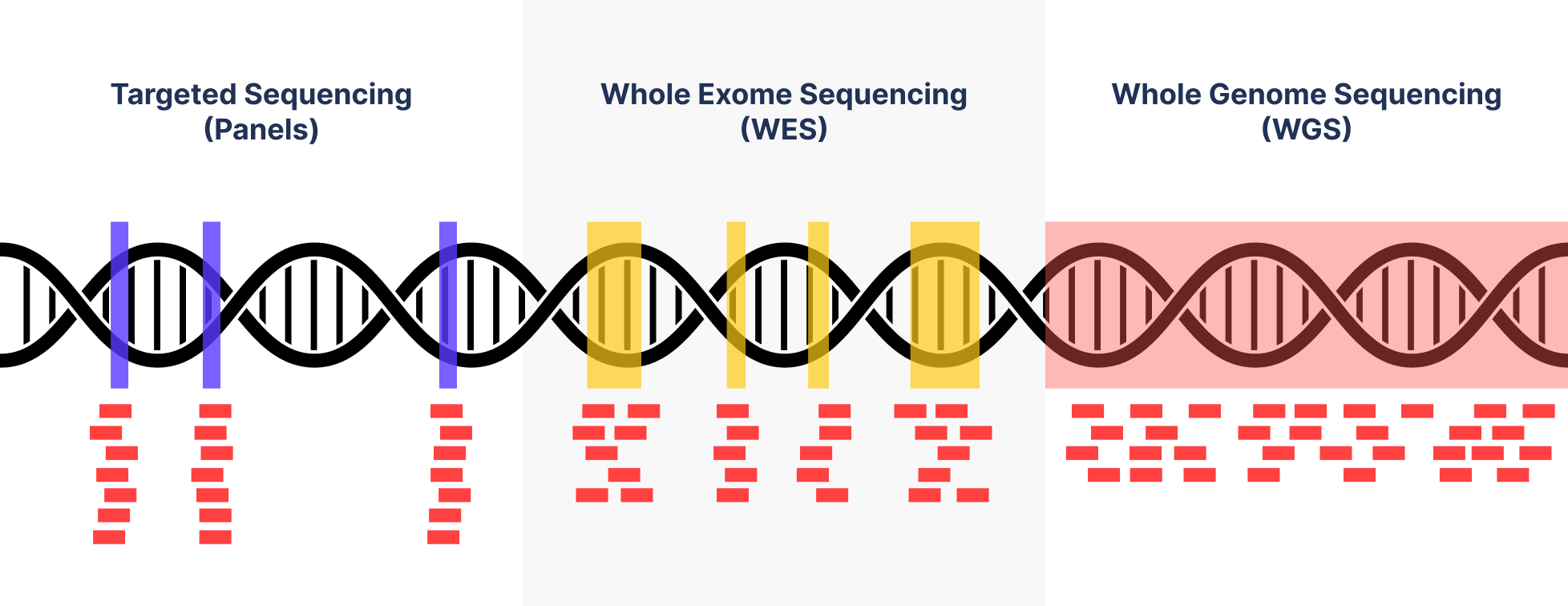
On average, the diagnostic odyssey of patients with rare diseases lasts 7 years. Give that 80% of rare diseases are associated with genetic factors, NGS development will contribute to faster diagnosis. Currently, owing to the wide diverse range of symptoms of WGS, predicting certain rare diseases, using this method is difficult, although this might change with further technological development. Accordingly, WGS is recommended only if pathogenic variants are not detected via targeted sequencing or WES. On average, 3 million mutations are detected using WGS, thus, it is nearly impossible to determine the pathogenicity of each mutation individually. Hence, several research groups, including 3billion, are developing algorithms and artificial intelligence (AI) technologies to narrow this gap. The 3billion AI model 3Cnet demonstrated high performance in predicting variant pathogenicity based on clinical data obtained from ClinVar and topped the 6th Genome Analysis Critical Assessment.
To select the most appropriate NGS for each patient, clinicians need to comprehensively consider the diagnostic stage, symptoms, age, medical and family history, and economic situation of the patient. Guidelines derived from dependable public institutions, newly reported studies, and clinical experience should form the basis for determining a suitable genetic test method. In 2021, the ACMG strongly proposed WES and WGS as primary or secondary tests for patients with rare genetic diseases and congenital abnormalities, developmental delays, or intellectual disabilities (CA/DD/ID). As some studies have reported that WES and WGS can provide strong evidence for increased diagnostic rates and clinical utility in this specific case, we hope that 3billion's 3B-GENOME and 3B-EXOME can help diagnose rare diseases in more patients.
You can compare with other lab providers,
















